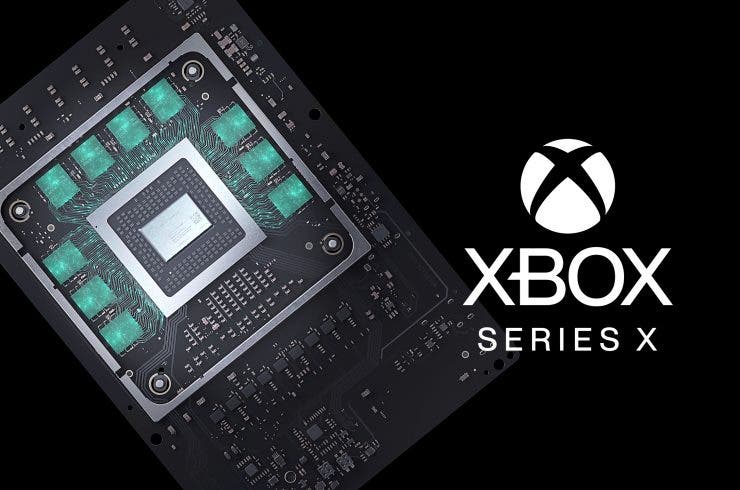Microsoft has described Xbox Velocity, the architecture of the Xbox Series X in detail. This is how its technologies will benefit your gaming experience.
Here’s how Velocity, the powerful architecture that brings the Xbox Series X to life

It will be in the last quarter of 2020 when the Xbox series X will be released to begin its journey into the next generation. Although Microsoft has pursued a relentless communications strategy with its console, one of the technologies they had yet to explore was Xbox Velocity, the architecture that will bring the hardware to life. Today, Redmond have described in detail how this approach will benefit your gaming experience.
The core of Velocity architecture is the “SSD”
The Xbox Velocity Architecture consists of four main pillars that combine both hardware and software technologies. The first is the 1TB NVME SSD storage unit, which will offer a read rate of up to 2.4GB/s. It’s also a bespoke component that is “designed for consistent and sustainable performance, for example, to significantly reduce load times and offer open worlds with a higher level of detail.
A decompressor to reduce game size
Second, we have a hardware-accelerated decompression: the LZ decompressor. Microsoft claims that the technology in the Xbox series X has two goals: reducing the amount of games storage space and minimizing load times. In addition, this solution has a proprietary algorithm called BCPack that allows developers to compress and decompress textures without loss of quality. Both LZ and BCPack can work together to reduce the size of the games. For example, the console can decompress 4.8 GB of data per second, 100 times faster than the current generation.
Using the SSD to access data
On the other hand, we have the new DirectStorage API, a technology that allows developers to preserve data stored on hard drives and solid-state drives. However, the problem is that the API has not yet evolved with the advent of SSD. The latest version of DirectStorage offers developers the ability to make multiple data requests at the same time. They can even prioritize the time at which data is delivered depending on the needs of the game. According to Microsoft, the API helps to eliminate load times on the Xbox Series X.
Rendering by player location
The fourth and final pillar of Velocity is Sampler Feedback Streaming (SFS), a technology whose purpose is to improve or reduce the quality of textures depending on the location of the player. Why offer a texture with too much detail and resolution if you can’t even look at it? SFS identifies your location while all objects and textures are rendered to prioritize them over each other. “When an object approaches the player, the resolution of the texture should be increased to provide the sharp details and images that players expect,” they say. Of course, this process required improvements to the Xbox series’ X-GPU, so only the data needed for a scene is loaded into memory.
“This revolutionary new architecture allows us to create entirely new scenarios that were previously thought impossible in video games,” Microsoft explains, and they conclude: “Xbox Velocity fundamentally rethinks how a developer can use the hardware provided by the Xbox Series X. From completely new rendering techniques to virtual elimination of load times, to larger, more dynamic living environments where you can choose how you want to explore them.





